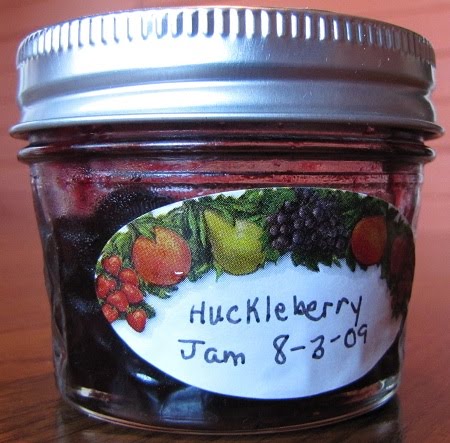
Cliff Palace, Mesa Verde National Park
Sitting here pondering our lost past, I witness evidence of a dynamic planet that leaves little of the past intact. Surrounded by the mountains, I sit next to a lazy late summer river, gazing across wheat fields in the flat lower valley. I realize that this is but a temporary face shown during our experience here. Looking closer, one can see that all is not as it once was.
Beneath my feet is sedimentary rock laid down in ancient seas, ground into gravel by glaciers and finally into sand by the meandering course of the river. Forty million years ago, the floor of this ancient sea was thrust two miles into the sky by immense geological movements. Next the ice sheet came and carved the mountains into the jagged features we see today. As I glance across the valley, I see the flat topped mountains of the northern Mission Range. These mountains were sheared off by the confluence of the Flathead and Swan Glaciers. This valley was once part of the Flathead Trench extending from well into Canada to the lower Mission Valley. As the ice sheet receded, the trench filled in to become Glacial Lake Missoula. Lake Missoula’s draining is considered the greatest flood ever discovered. Picture a dam break with ten times greater flow than all the rivers on earth combined. Thousands of years later, the ground is still scarred from this mighty river coursing its way to the Pacific.
Suppose that, instead of my truck, I was sitting in H.G. Well’s Time Machine. I would find myself hovering over an ocean, beneath miles of rock, beneath miles of ice, under a huge lake, in a river and finally on a peaceful riverbank. We truly live on a planet constantly recycling itself, leaving little trace of what once was.
Aside from the geology lesson, today’s story is about our lost past. It is said that those that forget the past are condemned to repeat it. History is a litany of repeated stories. As far back as we are aware, humans have been essentially the same. They share the same stories, dreams, desires, rules and morals.
Where did this cycle start? I’ve always thought that the answers lie in the civilization that preceded our same old, same old culture. Many believe that we are but a remnant of a previous advanced culture. That culture disappeared perhaps twelve to fifteen thousand years ago. In conversation, I used to boldly state that important secrets were to be found with the discovery of this lost past. I also knew where to find it.
Centers of human civilizations occur near river deltas and seaports. During the period in question, sea levels were two hundred feet lower than at present. Look two hundred feet down in the water and you will find answers. Underwater archaeology is difficult and expensive, so don’t expect answers any time soon.
Speaking of which, archaeologists are a funny lot. They spend their careers digging up what others have discovered and fit their finds to preconceived theories. Unlike other fields of science, new discoveries can end their careers. Anomalous finds should be discarded and immediately sent to the forbidden archaeology bin.
Much closer in time, and less subject to climatic and geological forces, is the Anasazi culture of the American Southwest. The Mesa Verde site in Colorado was discovered and worked by a rancher named Richard Wetherill. Archaeologists vilified Wetherill as a pot-hunter and took over the site. What we know of these famed cliff dwellers is this:
•they disappeared seven hundred years ago
•they had trade connections throughout North and South America
•we have the physical remains of their culture
Over one hundred years of study and we still know nothing of these peoples.
My favorite lost culture is the Poverty Point people. They were a Mound Builder culture that existed far too early to be found in Louisiana. In 1957, aerial photography revealed concentric semi circles in a field. Still prominent in land that had been farmed for a century, these little levees were obviously man-made. At three-quarters of a mile across, they must have required considerable effort to construct. The site also included a series of Indian mounds, one in the shape of a bird. A wealth of artifacts has been recovered testifying to the practical and artistic skill of the large number of people occupying the site. Trade goods were found that originate throughout North America. This includes large quantities of stone imported from up to 1400 miles away. Probably due to the damp climate, no dwelling or burial evidence of this large populous has been discovered. This site dates to 4,500 years ago. Extensively studied and still, we know nothing of these people.
What makes this my favorite archaeological site is its calmative effects. When I am anxious and can’t get to sleep, I say this “I’ll think about Poverty Point.” With my mind clear, I just fall asleep because, at that moment, I know nothing.
©8/09/08
Want to know more about Poverty Point Historic Site? Visit the Louisiana State Parks website.




